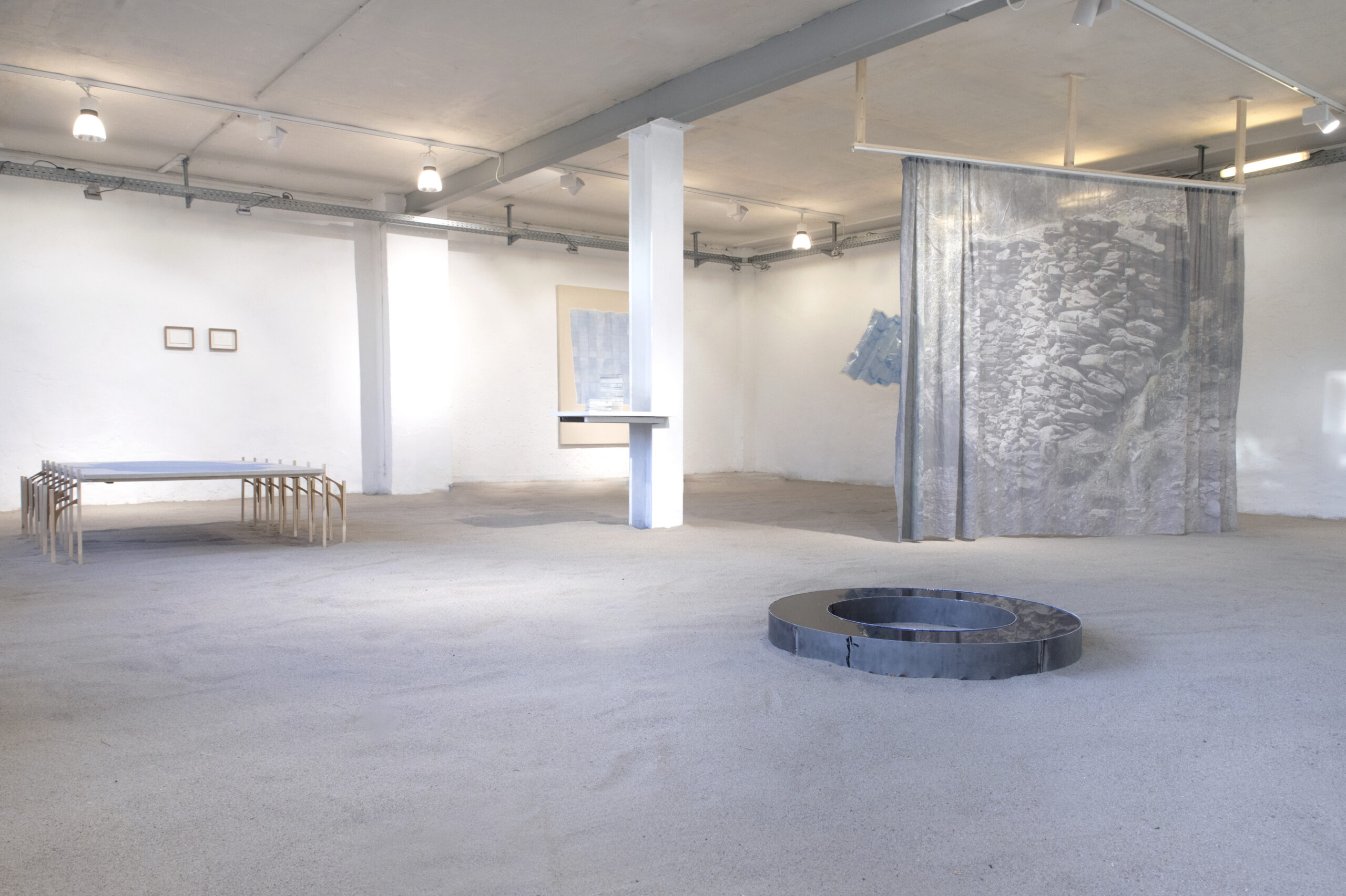
from where i stand
solo-show
Bürgergalerie, NMS
2020
By engaging with painting on one hand and cartography on the other, I establish connections between scientific discovery and artistic exploration in my practice. I use references to images and imagery outside of art to relocate painting to places in the world. I explore boundaries between cartography and painting, between schematic ground plans and mimetic representations of a scene, trying to blur these in a new organizing view.
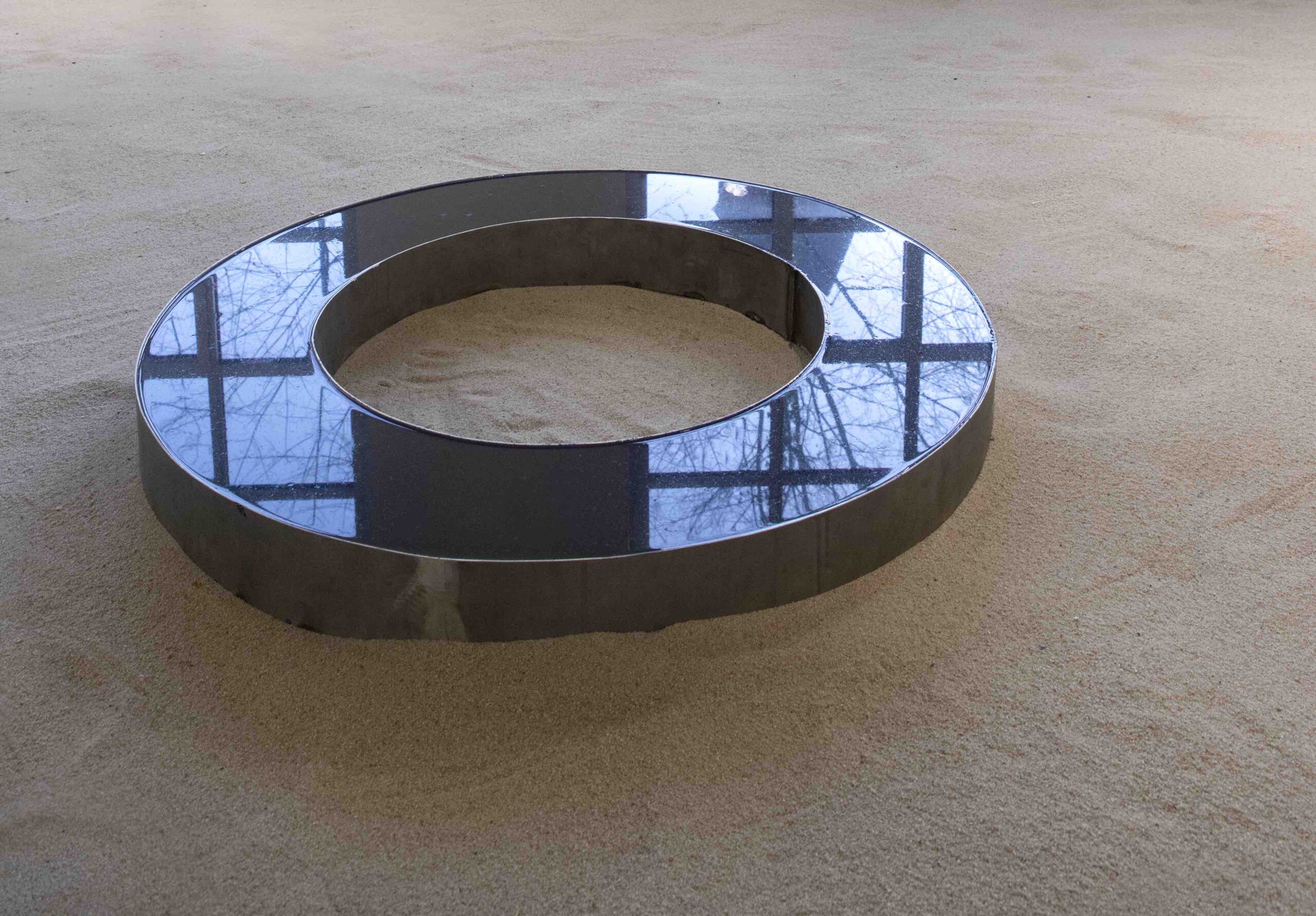
TO map, Steel, ink, water, 100 cm, 2020
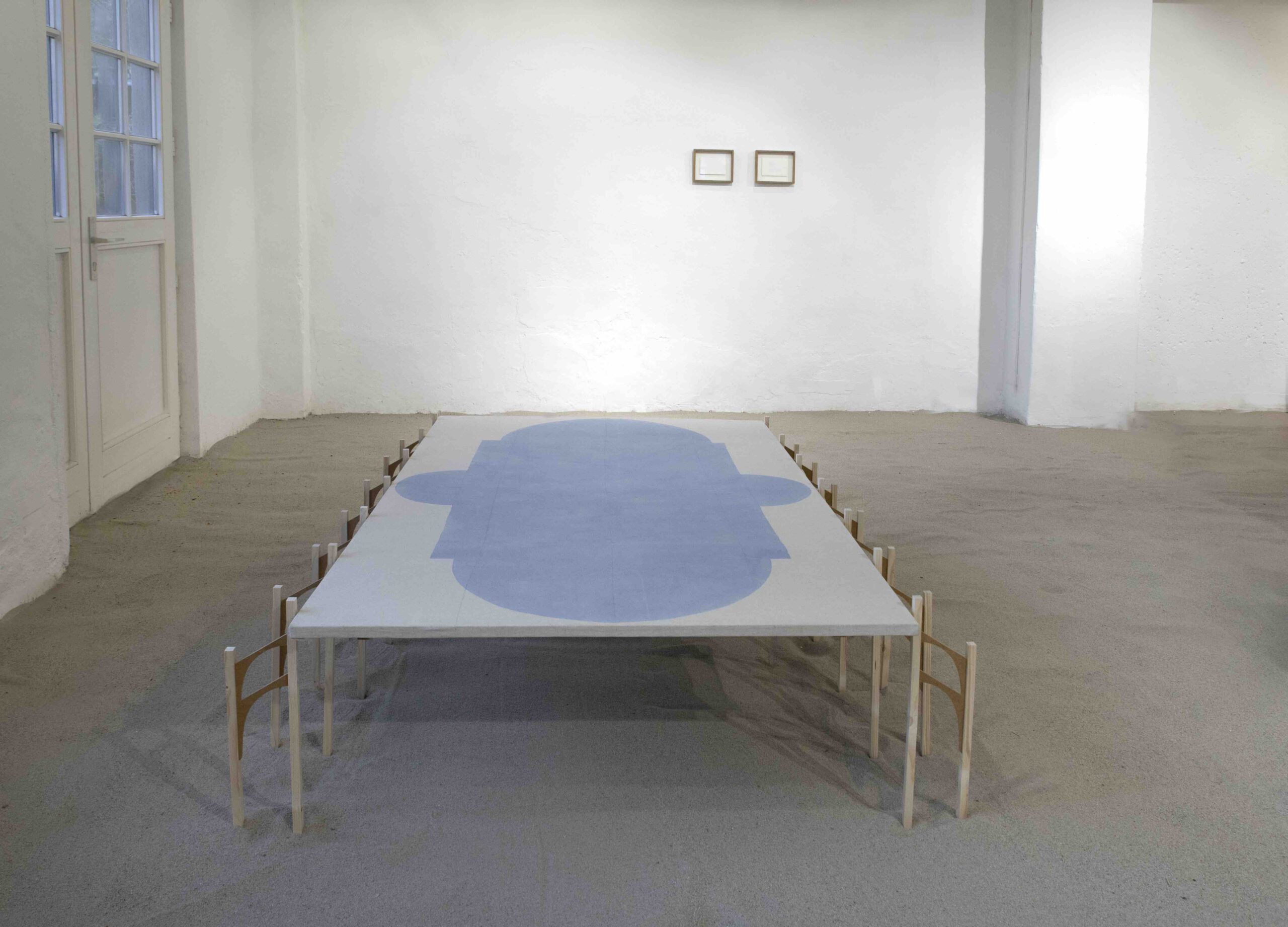
Bassin, Tempera and pencil on canvas, wood, 190 x 120 cm, 2019/20
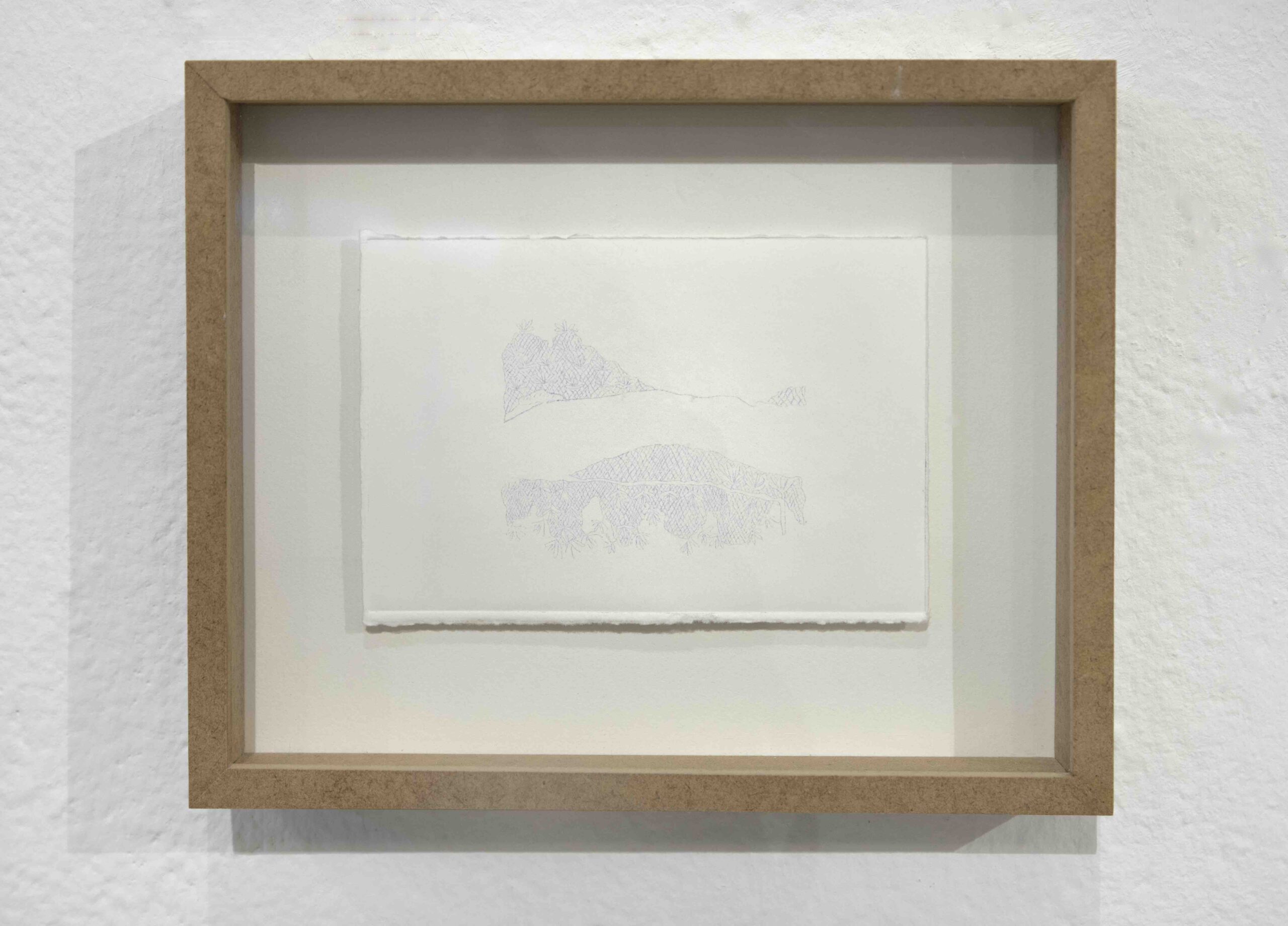
“the river may perhaps be identified with the euphrates“ , Etching, artist-frame, 19 x 23,5 cm, 2020
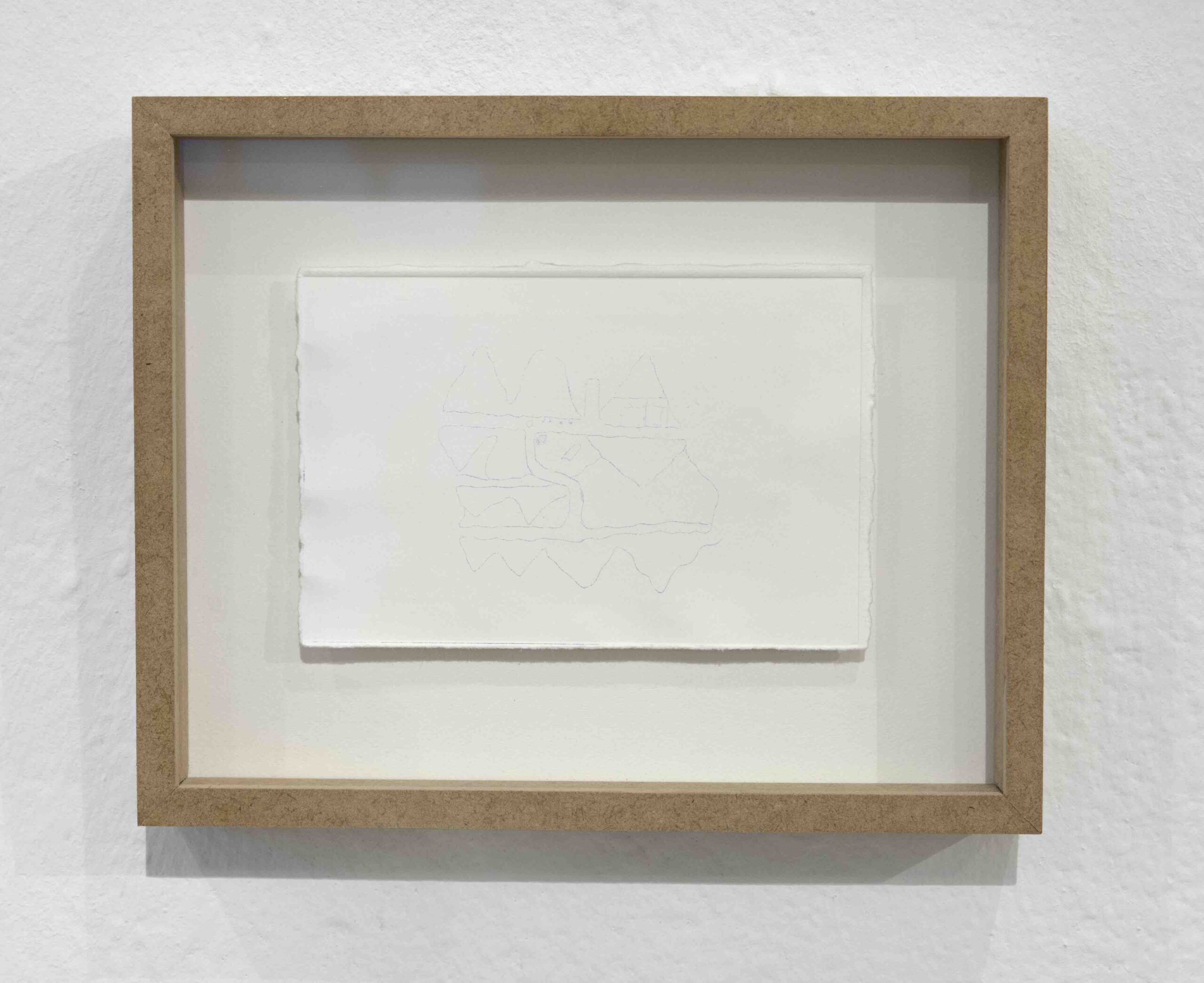
“les montagnes aurifères sont en effet teintées en rouge“ , Etching, artist-frame, 19 x 23,5 cm, 2020
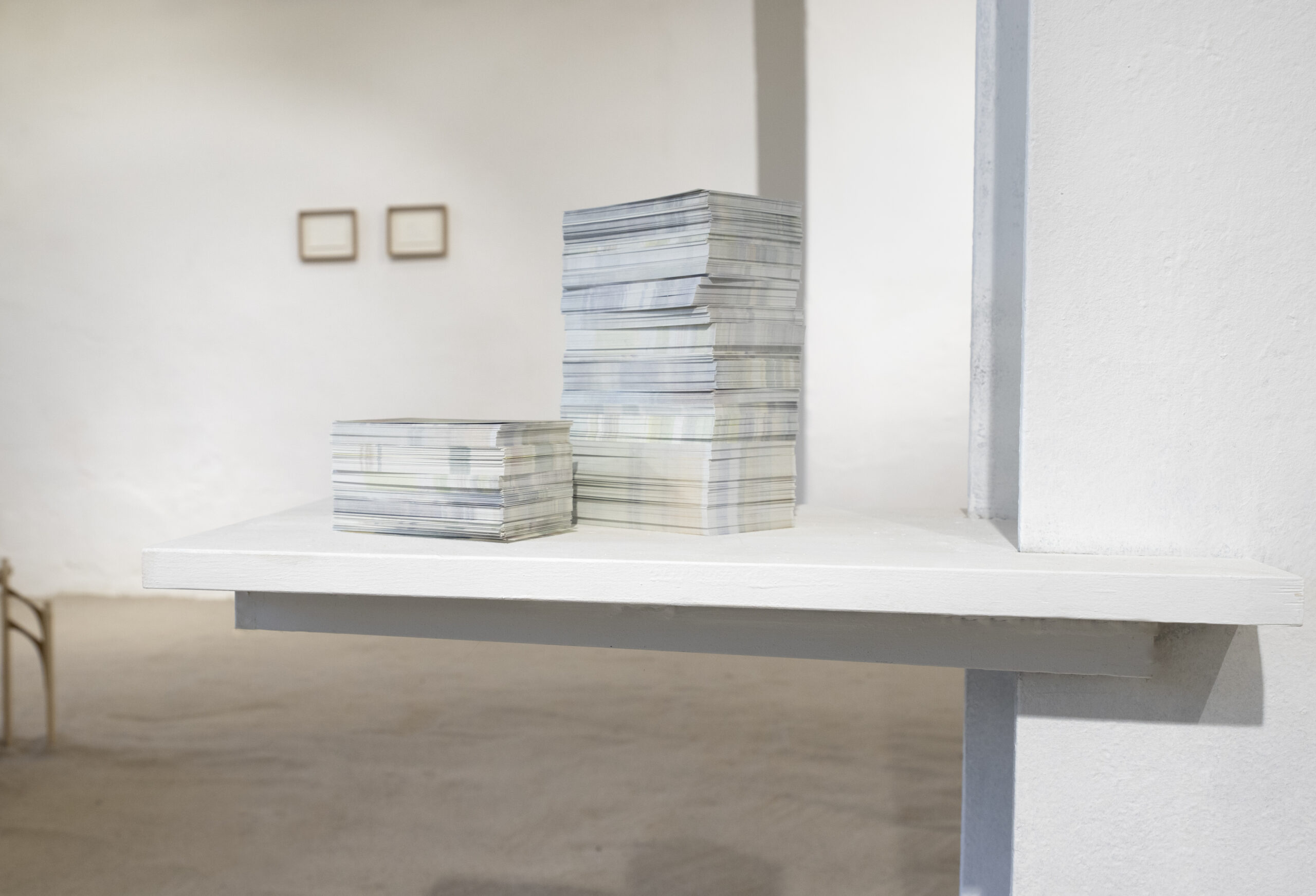
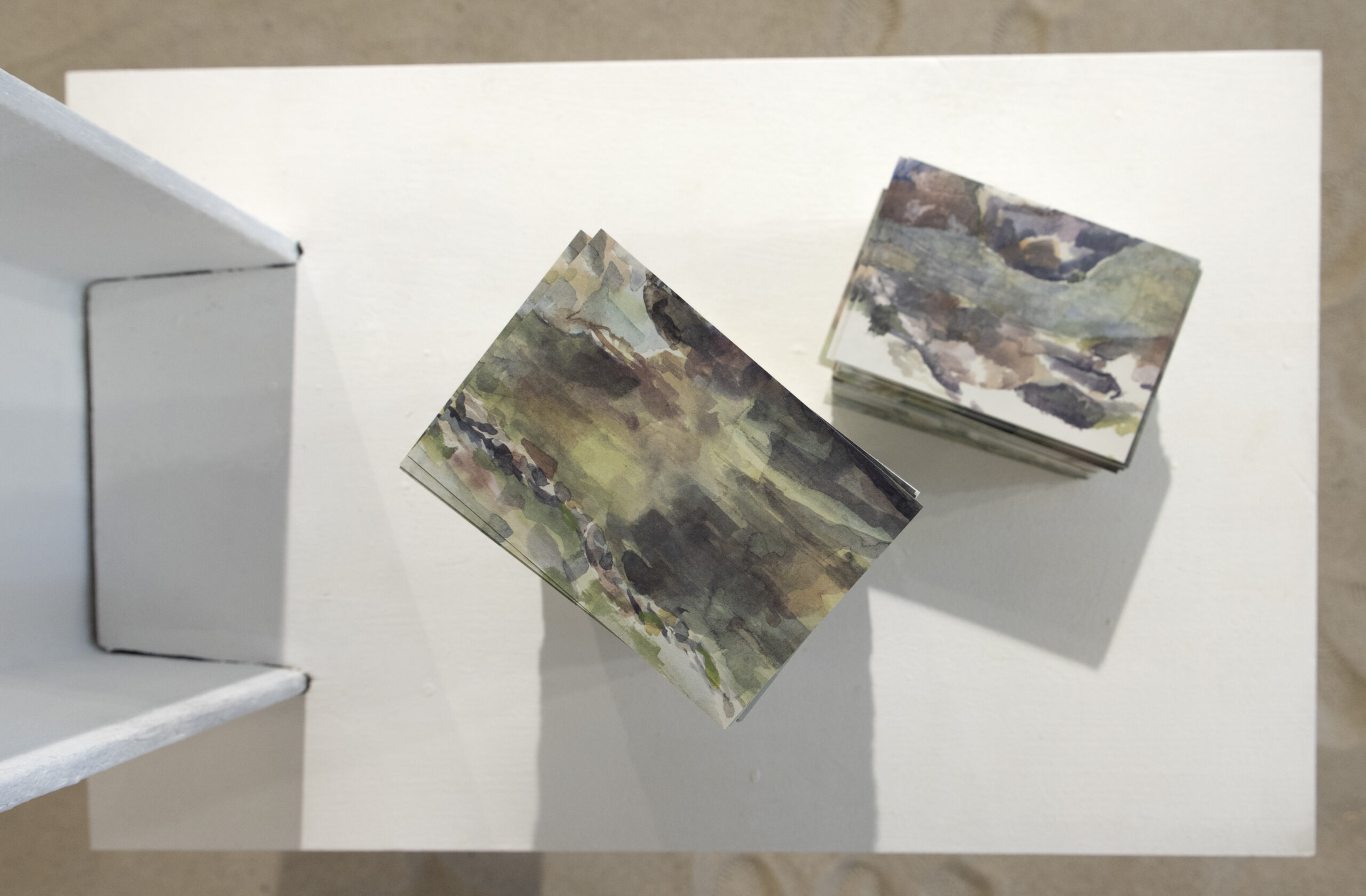
Many attempts at painting a river / viele versuche einen fluss zu malen

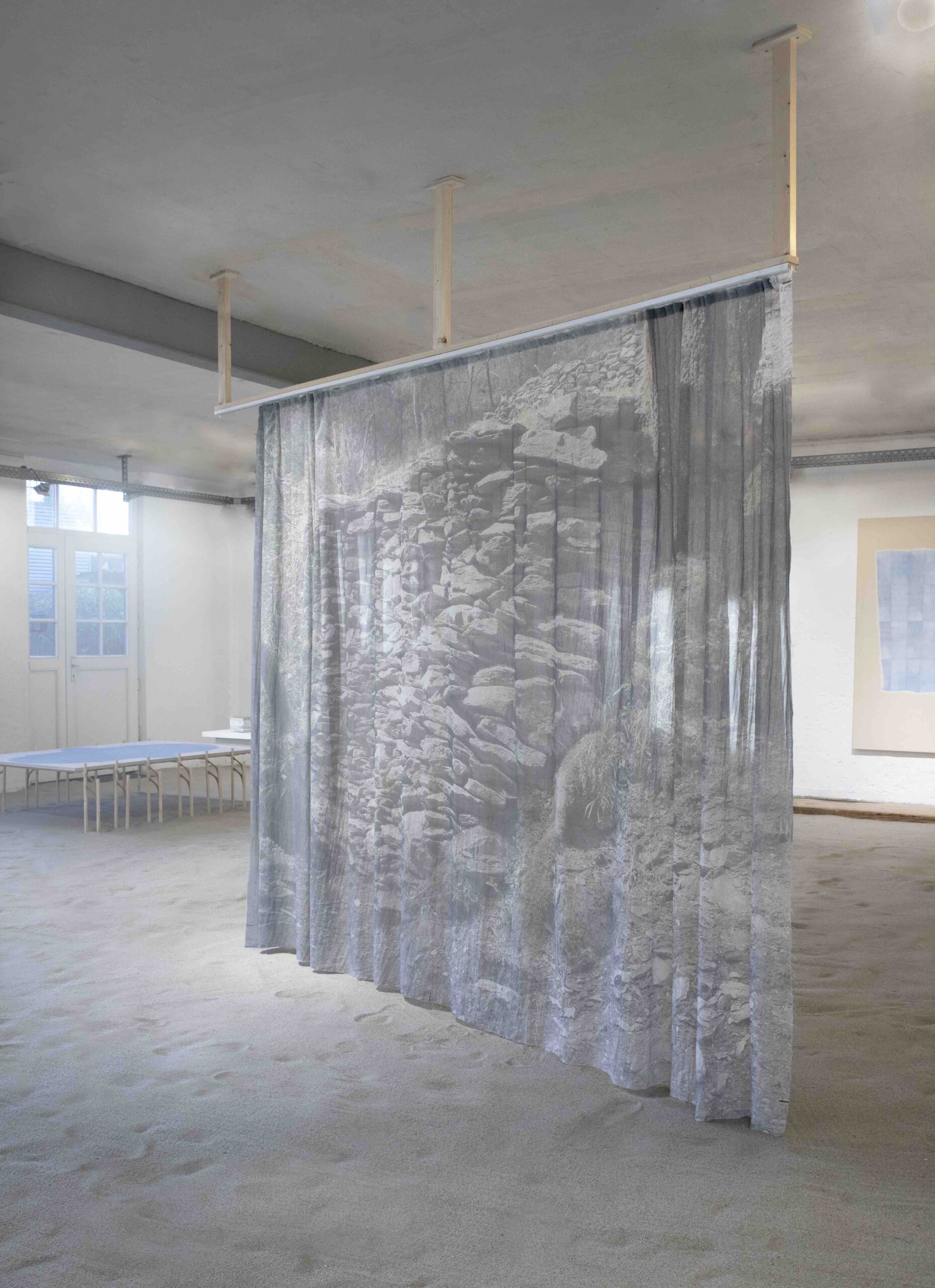
Exhibition view From Where I stand, in the front An Attempt to Build a Dry Stone Wall / Ein Versuch eine Mauer zu bauen, on the right Hunting of the Snark
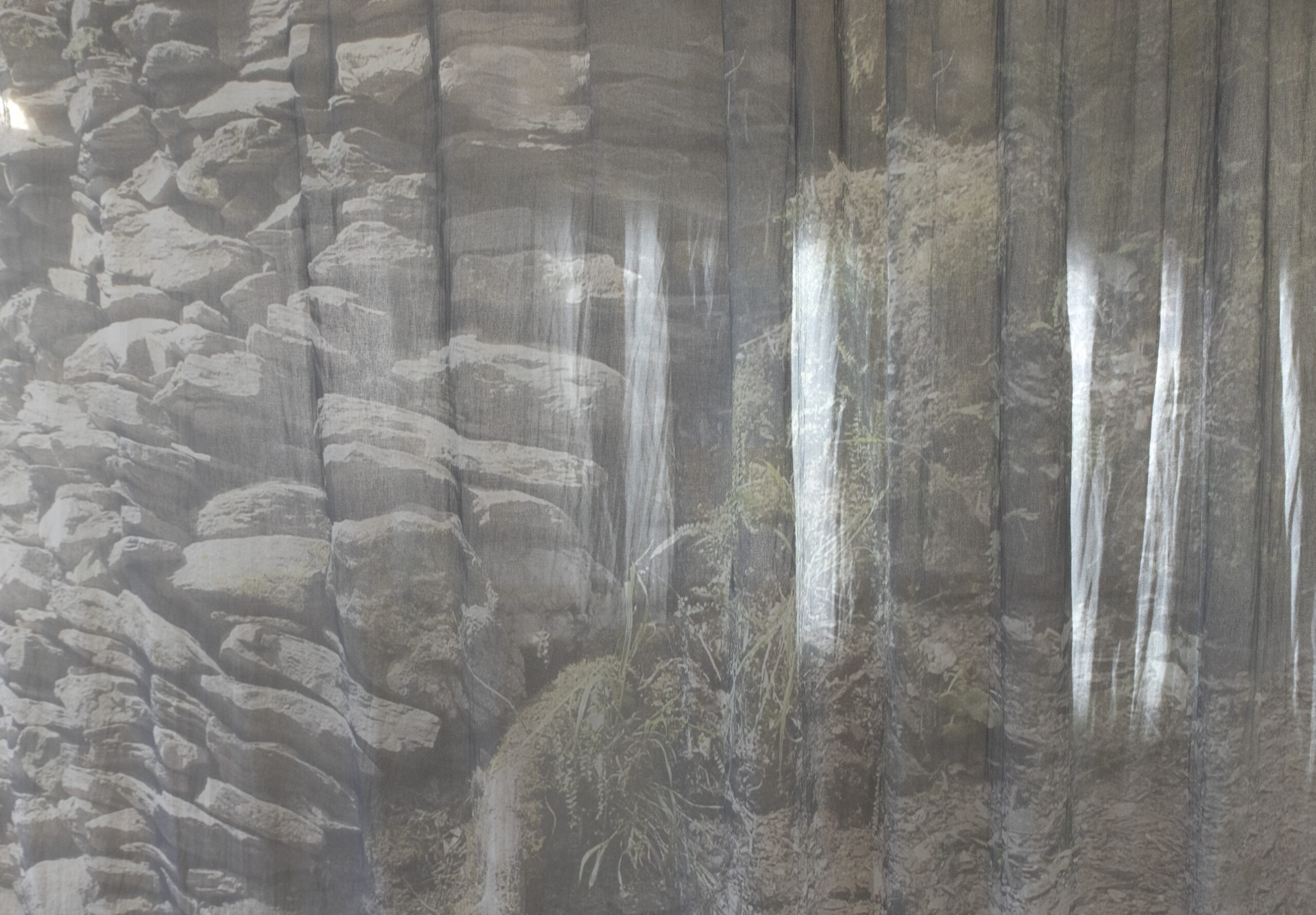
An attempt to build a dry stone wall / ein versuch eine mauer zu bauen
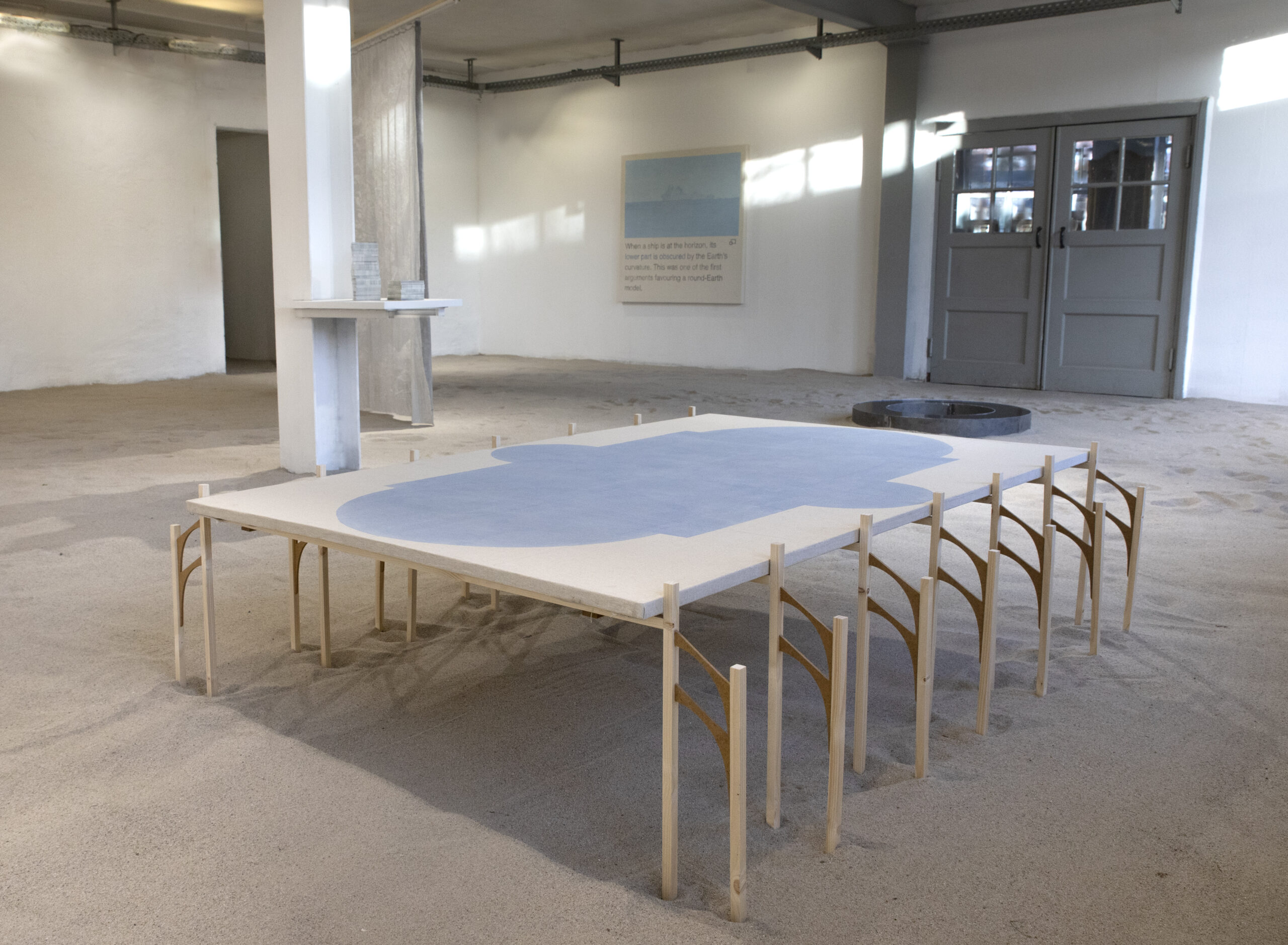
Exhibition view From where I stand
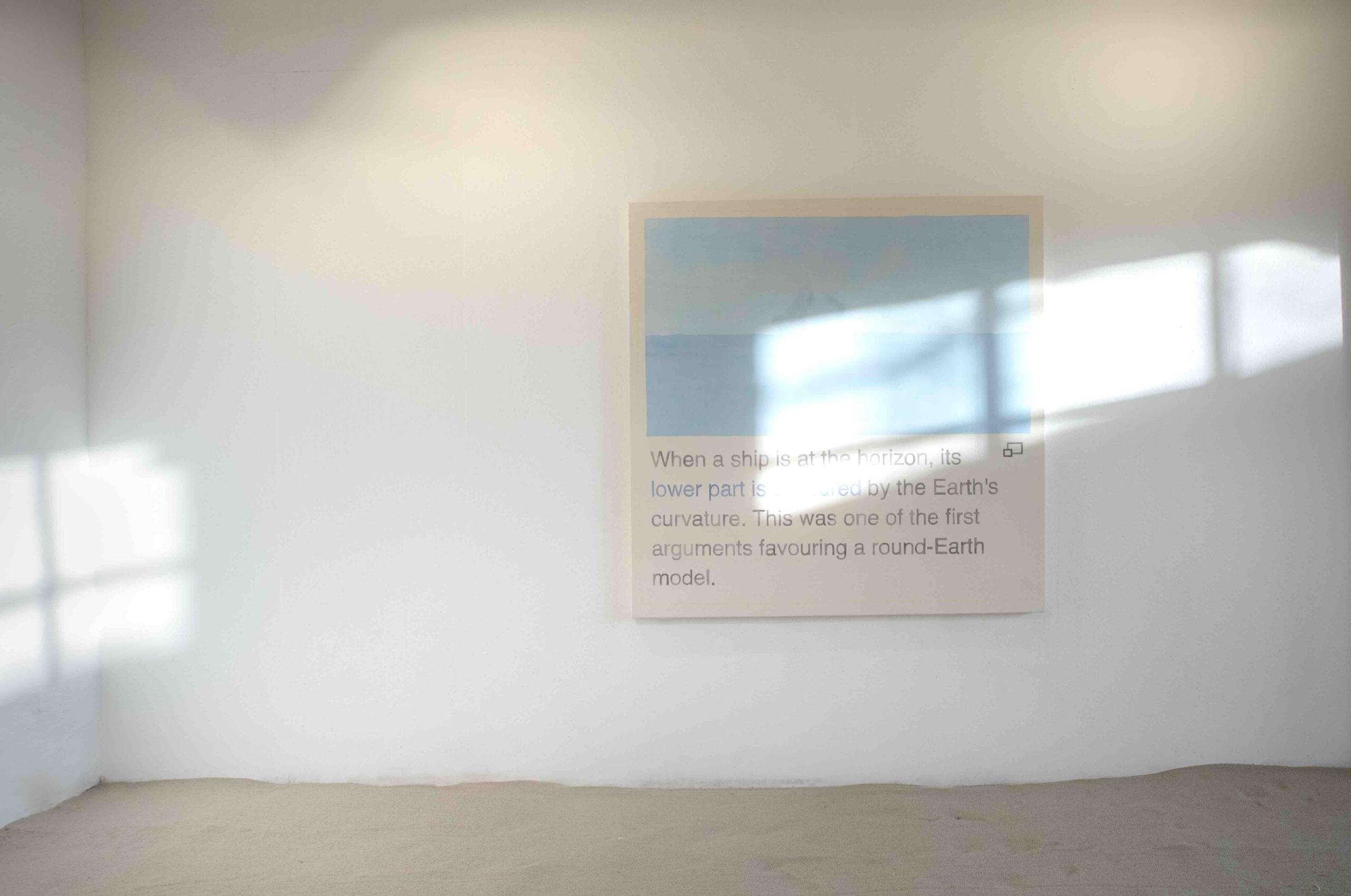
Round Earth Model, Colourpencil, watercolor and gesso on cotton, 140 x 140 cm 2020